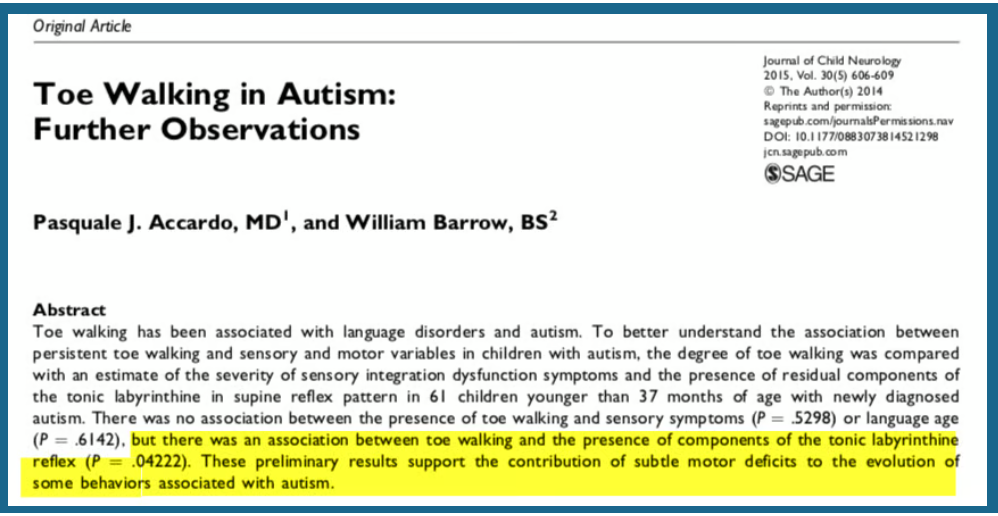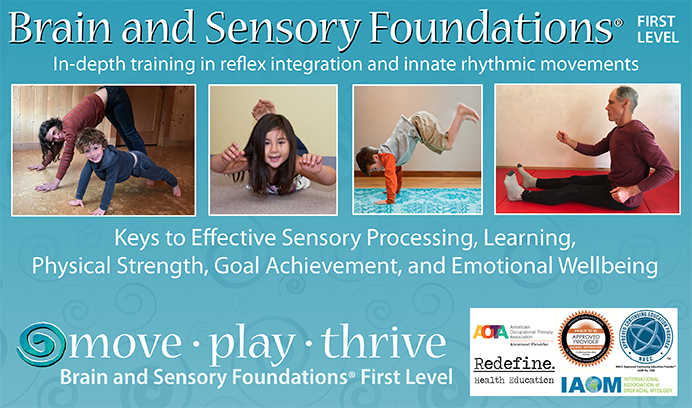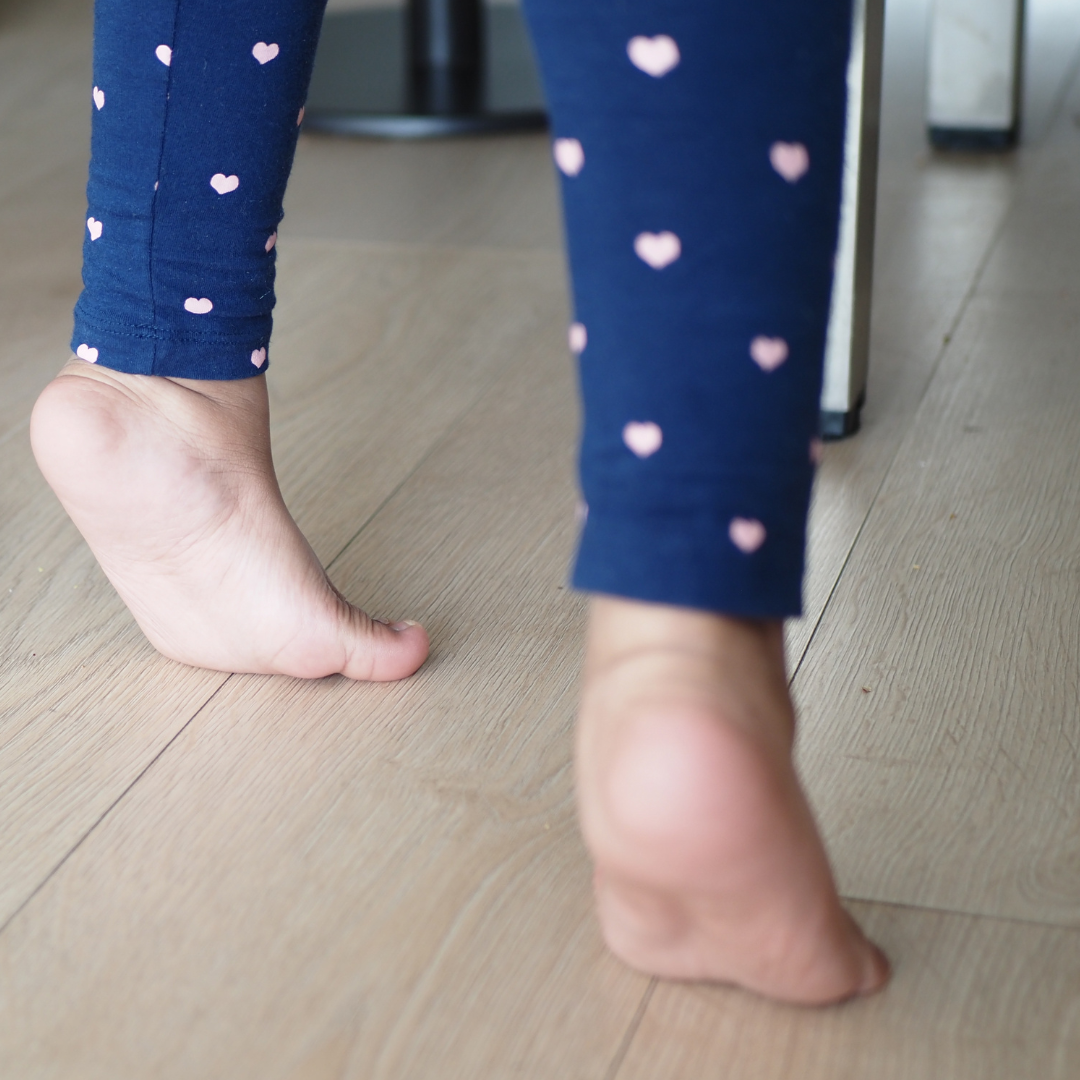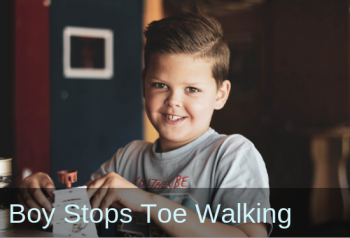For more information about innate movements, subscribe to our free monthly newsletter!
|
Greetings, Did you know there is research showing that toe walking is associated with a retained primitive reflex? The Tonic Retained primitive reflexes can hinder our postural control and gait, so it makes sense that they may be a factor While there could be other factors involved in toe walking, the good news is that using neurodevelopmental Very best wishes, |
|
of Innate Rhythmic Movements
This kindergartener, diagnosed with Autism, had always walked on his toes, a tendency that increased when he became excited or anxious. After less than a week of doing innate rhythmic movements from the Brain and Sensory Foundations course, there was no toe-walking for the first time ever! Thank you to Elissa Cashman, Occupational Therapist, for this case study. |
|
|
Teen Boy With Severe Toe Walking Sees Huge Improvement
This student's toe walking was so severe, he had one year of serial casting to minimize plantar flexion and increase the length of his Achilles tendon, a measure that was effective for less than 6 months. The plan was for more surgery but, fortunately, innate rhythmic movements proved effective before that happened. This case study not only highlights improvements with toe walking. but dramatic behavioral improvements as well. Check it out!. Thank you to KJM, Occupational Therapist, for this case study. |

Reference
Accardo, P. J., & Barrow, W. (2015). Toe walking in autism: further observations. Journal of Child Neurology, 30(5), 606-609.

Be empowered with the Brain and Sensory Foundations course.
Train the Brain for Functional Gain!


